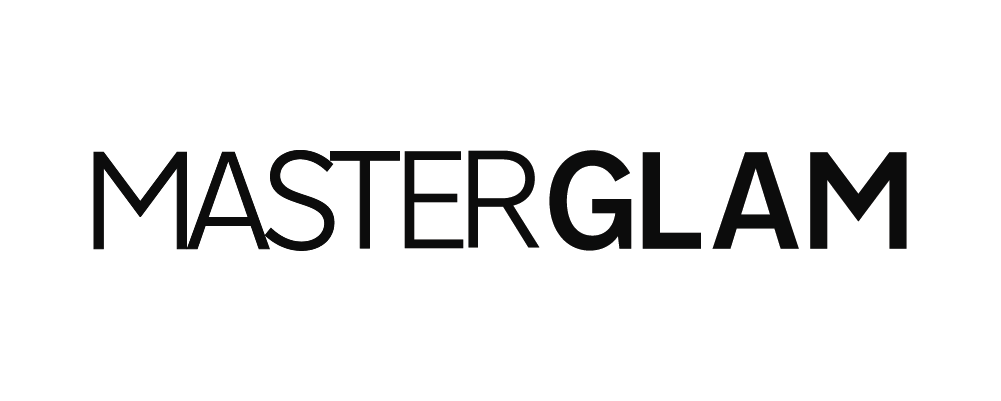Myristoyl Pentapeptide-17: An Evaluation on Clinical Efficacy and Safety
Myristoyl Pentapeptide-17, a synthetic bio-available small peptide, has garnered attention for its potential role in keratin gene expression at the follicle level. This article aims to present a summary of key findings from clinical studies that explore the effects of Myristoyl Pentapeptide-17 on the appearance of lashes and brows and its safety considerations.
Methods
A double-blind controlled study was conducted involving 24 male and female subjects with long-term Androgenetic Alopecia (AA). Participants were divided into two groups, with one group applying Myristoyl Pentapeptide-17 to affected areas and the other group receiving a placebo. The study spanned a total of 3 months, during which changes in the percentage of hairs in the anagen (growth) phase and the telogen (resting) phase were measured at 45 days and 90 days.
Results
The application of Myristoyl pentapeptide-17 revealed double the variation in anagen (growth) phase hairs after 1.5 months of twice daily use. A 10% reduction in telogen (resting) phase hairs was also measured over the non-peptide control.


Characteristics and Synthesis
Myristoyl pentapeptide-17 is a 5-amino acid peptide consisting of lysine, leucine, and alanine residues attached to a 14-carbon medium-chain fatty acid group derived from myristic acid through a process known as acylation. Acylation improves the biocompatibility of the amino acid and helps it attach to the cellular membrane.
Is Myristoyl pentapeptide-17 natural?
The myristoyl group, a 14-carbon saturated fatty acid, is derived from Myristic acid, which originates from the nutmeg tree, Myristica albicans. However, its coupling is a result of synthetic modification in a controlled cGMP (current good manufacturing practice) lab environment environment. Myristoyl pentapeptide-17 is synthesized through solid phase peptide synthesis to ensure >98% purity.

Safety Considerations
Extensive safety evaluations were conducted to ascertain the suitability of Myristoyl Pentapeptide-17 for cosmetic use. No adverse side effects were recorded in clinical testing, suggesting its safety and efficacy when formulated for cosmetics at a percentage level of 0.10%.
Is Myristoyl pentapeptide-17 a prostaglandin or prostaglandin analog?
Myristoyl pentapeptide-17 is not a prostaglandin analog. Peptides primarily work by supporting keratin production, whereas false-positive agonists of prostaglandins and their analogs work by reducing intraocular pressure within the eyeball and systemically increasing blood flow to the surrounding area. If you have ever used a lash serum and noticed darkening of the eyelid or fat loss around the upper eyelid, we recommend reading our article on PGAs to learn more on this topic.
RELATED READ: Everything You Need to Know About Prostaglandins in Lash and Brow Serums
Is Myristoyl pentapeptide-17 safe for pregnant and nursing women?
There is also no evidence that the peptide causes reproductive or developmental harm to patients who are pregnant or post-partum nursing. No skin irritation was reported in an adjacent study involving 96 women who tested palmitoylated peptide.
Key Takeaways
Myristoyl Pentapeptide-17 is a promising solution for those looking to improve the appearance of their brows and lashes without side effects. While further research is warranted to explore its broader applications, clinical findings support its safe use in cosmetics. The thorough evaluation of this peptide on patients with alopecia contributes to informed decision-making in improving the appearance of lashes and brows in a safe and effective manner.
References
Boyle, P.C., Schwizer, S., Hind, S.R. et al. Detecting N-myristoylation and S-acylation of host and pathogen proteins in plants using click chemistry. Plant Methods 12, 38 (2016). https://doi.org/10.1186/s13007-016-0138-2
(2012, August 13). Safety Assessment of Palmitoyl Oligopeptides as Used in Cosmetics. Cosmetic Ingredient Review. https://www.cir-safety.org/sites/default/files/palmit072012slr.pdf



2 comments
Great article. Thank you for the information.
Hello masterglam.com admin, Your posts are always well-timed and relevant.